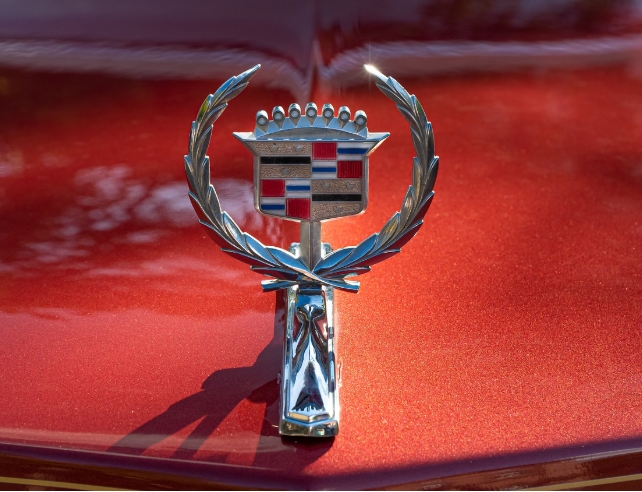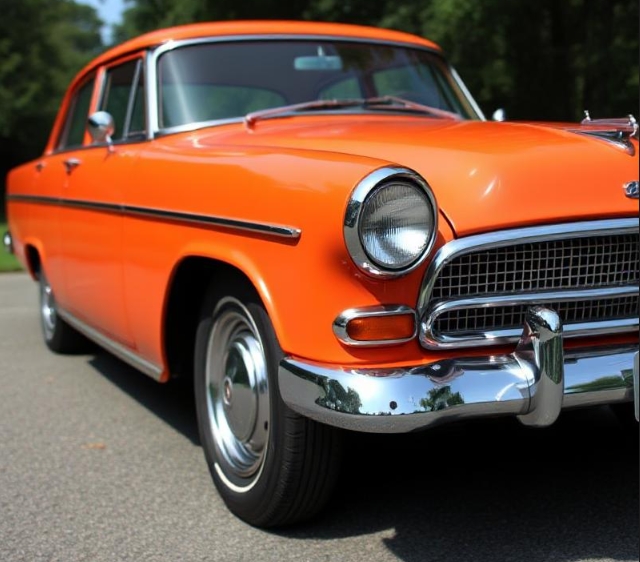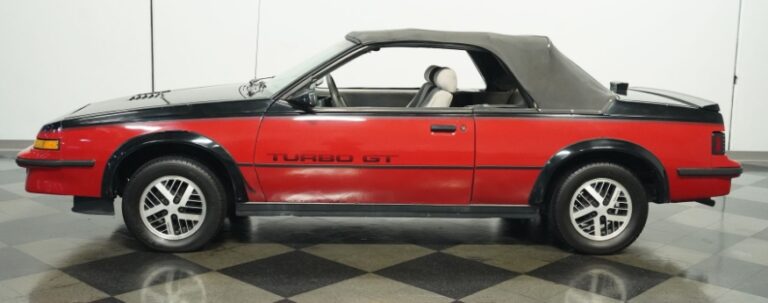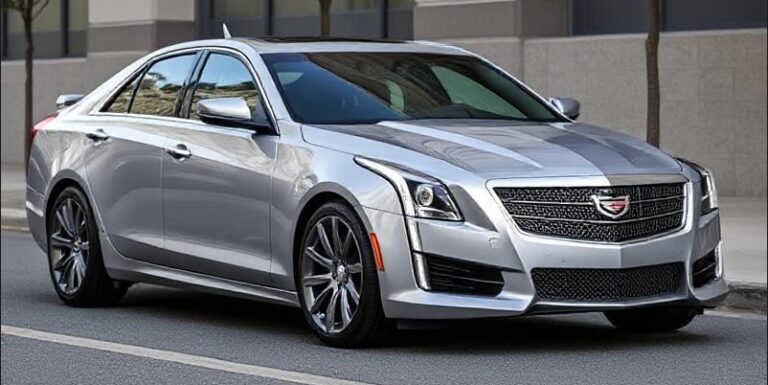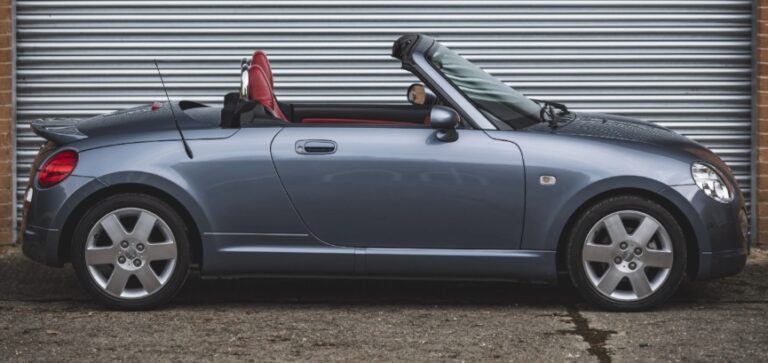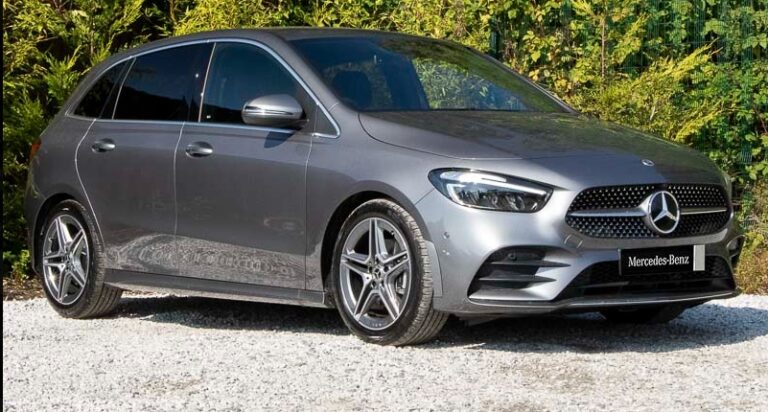The Evolution of the Cadillac Eldorado: A Journey Through Time
The Cadillac Eldorado, a name synonymous with luxury, innovation, and American automotive excellence, has undergone a fascinating evolution since its inception. Initially introduced in 1953, the Eldorado became an emblem of Cadillac’s prestige and ambition, showcasing both extravagant design and cutting-edge technology. Over the decades, the model reflected changing tastes, societal trends, and engineering advancements. This article delves into the evolution of the Cadillac Eldorado, examining its various models, trims, and the notable features that defined each generation.
1953-1958: The Birth of Luxury
The Cadillac Eldorado made its debut in 1953 as a limited-production model primarily meant to commemorate Cadillac’s 50th anniversary. This inaugural model was a convertible that showcased stunning design with its pronounced fins and a chrome-dominated front end.
Models:
- 1953 Eldorado: The original version featured a 331-cubic inch V8 engine, producing 210 horsepower. Only 532 units were made, making it a sought-after collector’s item today.
- 1954 Eldorado: This model introduced a more streamlined design and a new 12-volt electrical system. It also featured a power-operated convertible top.
- 1955-1956 Eldorado: These years brought a new, larger 6.0-liter V8 engine and changes to the styling with bolder tailfins and better interior options.
- 1957 Eldorado: The 1957 model introduced a new higher compression engine and luxury features, emphasizing chrome accents.
- 1958 Eldorado: The last of the first generation, it featured further modernizations in styling and included remarkable tailfins.
1959-1966: The Golden Age of Eldorado
The Eldorado underwent a significant transformation in 1959, adopting a new platform that gave it more prominence in the Cadillac lineup. No longer just a limited edition, it became a full-fledged model produced annually.
Models:
- 1959-1960 Eldorado: The redesign included significant lengthening and the famous “coke bottle” shape, with a standout tailfins supporting triple taillights.
- 1961 Eldorado: This version refined the styling and added a sleek roofline. It featured an improved 390-cubic inch V8 engine.
- 1962-1966 Eldorado: During these years, the car continued to gain reputation for luxury. The 1966 iteration was noteworthy for its front-wheel drive, a design pioneered by Cadillac, which offered exceptional space and handling.
.
Restoring Vintage Automobiles is a rewarding experience for some car lovers. But also a very difficult one for beginners!
.
1967-1978: The Transition Era
Cadillac continued to innovate, focusing on larger, more comfortable vehicles. The Eldorado began adopting a more mature aesthetic, appealing to an older demographic while still appealing to luxury-seeking buyers.
Models:
- 1967-1968 Eldorado: The 1967 model debuted with a new body style, retaining front-wheel drive. The engine was now a robust 429-cubic inch V8, significantly enhancing power.
- 1969-1970 Eldorado: With a more pronounced bumper design and an array of high-end features, these models became known for their luxury amenities.
- 1971 Eldorado: This year marked the introduction of a 500-cubic inch V8 engine, one of the largest production engines at the time.
- 1972-1978 Eldorado: The car saw continued improvements, including padded roofs and an impressive range of standard luxury options, solidifying its reputation in the luxury market.
1979-1985: The New Wave of Design
By the late 1970s, the Eldorado faced shifts in the automotive landscape, particularly as the energy crisis began to redefine consumer preferences towards more fuel-efficient vehicles.
Models:
- 1979 Eldorado: This year introduced a downsized version with rounded edges and softer lines, carrying on the front-wheel-drive legacy.
- 1980-1985 Eldorado: These models experienced incremental changes, both in design and technology. The inclusion of digital instrumentation in the early 1980s was a highlight.
1986-1991: The Resurgence
Cadillac sought to revitalize the Eldorado during this period, emphasizing luxury and advanced technology with gaining modern aesthetics.
Models:
- 1986 Eldorado: The introduction of a new design language brought a more refined and contemporary appearance to the Eldorado.
- 1987-1991 Eldorado: These models emphasized a balance between performance and luxury, with powertrain options enhancing both driver experience and comfort.
1992-2002: The Final Generation
The Eldorado entered its final iteration in the early 1990s, marked by a blend of retro style and modern technology. This period featured several advancements in safety and technology.
Models:
- 1992-1999 Eldorado: This generation showcased a streamlined design, elegant features, and improved safety options, including anti-lock brakes.
- 2000-2002 Eldorado: The last two years of production continued to enhance luxury features alongside refined handling dynamics, with the final year marking the end of an era for this storied nameplate.
Trim Levels Throughout the Years
Over the decades, the Eldorado was offered in various trim levels and special editions that underlined its status as a luxury vehicle:
- Base: The standard model that included essential luxury features.
- Biarritz: This trim, introduced in the 1950s and reviving in later models, emphasized high-end features, especially in the interior and convertible form.
- Touring Coupe: This iteration offered a sportier ride with added performance features in the late 1980s and early 1990s.
- Special Editions: Limited editions often celebrated milestones, such as the Eldorado’s anniversary models, created to honor Cadillac’s rich heritage.
Conclusion
The Cadillac Eldorado’s evolution is a story of innovation, luxury, and adaptability. From its beginnings as a limited model to becoming a significant part of Cadillac’s legacy, it represented American automotive culture throughout changing societal trends. As times changed, the Eldorado adapted, incorporating new technologies while remaining synonymous with luxury. Though production halted in 2002, the Eldorado undoubtedly left a lasting impression on the landscape of American automobiles, solidifying its place in automotive history as an enduring symbol of excellence and grandeur. As enthusiasts and collectors continue to cherish the Eldorado, its legacy is sure to linger for generations to come.
